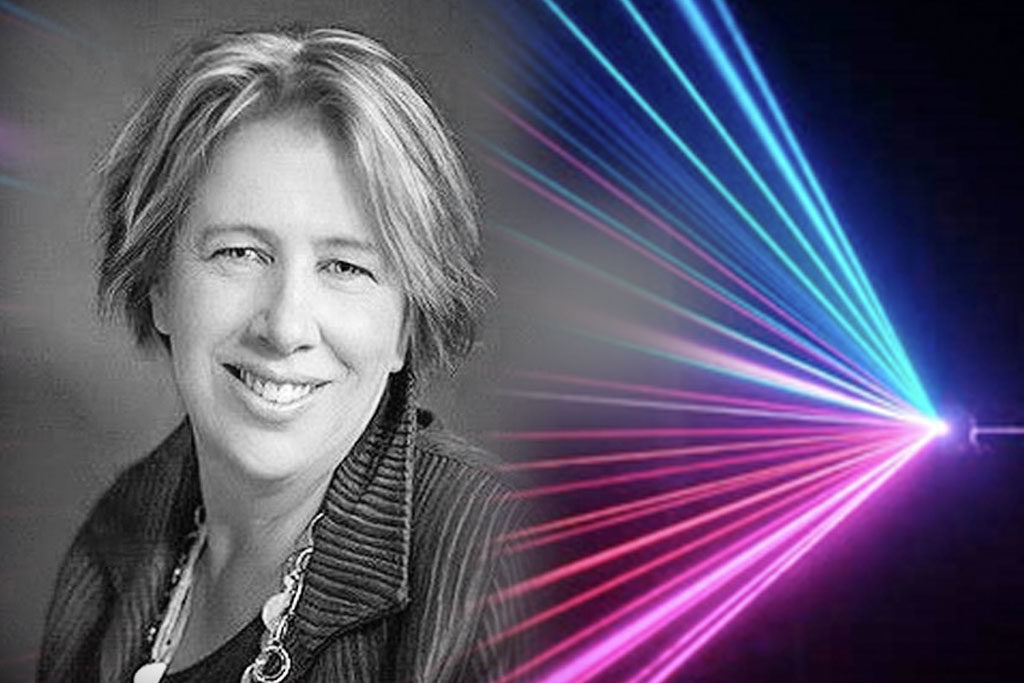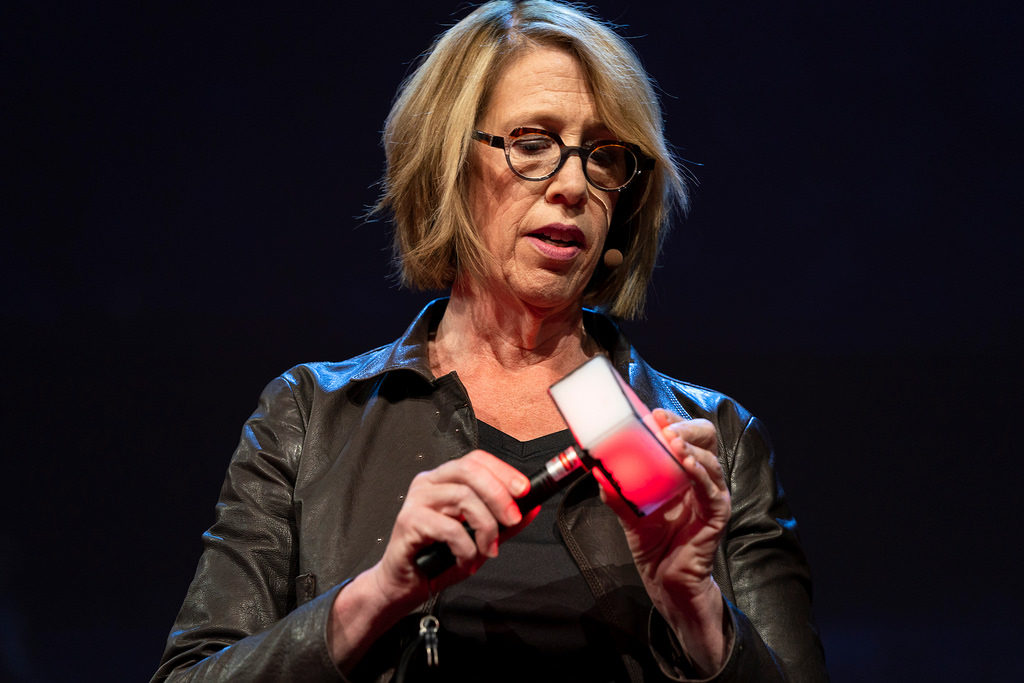It’s Time to Believe That Your Patented Medical Device Can Succeed!

Arguably the biggest challenge you will face as a medical device inventor is self-confidence. While my law firm’s specialty is helping you protect your device, many of the medical inventors that walk through my doors openly express the fear that their ideas will be CRUSHED by larger predatory companies with unlimited funds at their disposal and a virtual monopoly on device innovation.
This fear of BIG BUSINESS often keeps them on sidelines, tinkering with endless prototypes, never really sure what the next step should be. The challenges of finding a trustworthy local patent attorney plays a large role, too, along with the dread of the unknown: Manufacturing, Distribution, Marketing, Profits, and of course, potential Litigation. Add in complex FDA regulatory guidelines governing Class I, Class II, & Class III devices and the inventor can quite rightly feel overwhelmed.
Yet in all honesty there has never been a better time to be an inventor if one considers that the United States Patent Office (USPTO) recently switched from a First to Invent to a First to File model, essentially allowing entrepreneurs to protect their idea under Federal law WITHOUT providing a workable prototype.
This is more than a stepping stone for the independent inventor – it’s a springboard!
You can read the full ramifications of the USPTO’S First to File pivot on my parent blog, The Patent Professor®, which should renew your determination – and confidence – to get your idea patented as soon as possible since it gives you a solid platform through which to nurture your idea without worrying whether another inventor (or industry behemoth) will steal your medical innovation. This is the biggest patent law revision in 100 years and squarely places the odds of success in your favor. I urge you to read up on it!
THE SURVIVOR
It also astounds me how remarkable ideas slip through the fingers of industry titans, even when presented to them on a silver platter by enterprising members of their own team.
This happened recently when Google’s Sergey Brin brushed off a suggestion by one his top engineers to consider developing a medical device which may end up one day not only disrupting a product sector but inventing a entirely new one.
Before we get to the nature and intent of this device it’s important to understand more about the employee bringing the idea to Brin’s attention.
It’s ultimately a lesson in self-confidence, timing and the power of patents.
Mary Lou Jepsen helped Brin run its fabled “Moonshot” program, Google X, aimed at building technologies that make the world a “radically better place.”
Jepsen had previously made a name for herself as a pioneer in virtual and holographic displays. She is also credited with founding the One Laptop Per Child non-profit that helped push 3 million laptops into the hands of children around the world.
But perhaps the most remarkable bullet point on Jepsen’s resume is the fact that she’s a survivor. In her early twenties she dropped out of an Ivy League school because her brain began to shut down leading to 20-hour sleeping cycles. Sores began to develop on her body that wouldn’t heal. No doctor could explain why she could no longer remember how to subtract or divide.
“I had quite literally come home to die, because nobody could figure out what I had,” said Jepsen.
It was only a divine intervention by a Brown University Professor who stopped her final descent into the abyss. He suggested – and paid for – a routine MRI. The scans showed what all physicians had previously missed:
A brain tumor.
This discovery was followed by a successful operation. Incredibly, within six months she returned to complete her PhD in Holography. This amazing woman would eventually become the holder of over 200 software & hardware patents related to virtual reality, computer hardware, and holography, making her a formidable force in the technology arena.
THE INNOVATION CONVEYOR BELT
Yet despite her success in the technology field she recalled the cold, sterile environment of the byzantine machine that saved her life, the Magnetic Resonance Scanner (MRI), the evolution of which I wrote about recently in How Patents Took Center Stage in the Battle for a Nobel Prize in MRI.
While eternally grateful for the gift of life it bestowed upon her, she also wondered if it really had to be that BIG and that EXPENSIVE. Her involvement in holography and building small laptops had intimately exposed her to the smartphone revolution and what she regarded as the world’s innovation conveyor belt: The Consumer Electronics Platform.
She now had a vision to use that platform to build a wearable MRI device that would utilize the power of holography and three-dimensional laser lights to peer into flesh and bones. Like the smartphone, it would be small, convenient, portable and affordable. She hoped it would one day be available at local Walgreens or doctor’s office, not just a giant monolithic machine at an imaging center or hospital.
Her budding idea was comparable, to some extent, with the Portable Ultrasound Scanner developed by another prolific medical device inventor, Jonathan Rothberg, the founder of Butterfly Networks, which I have covered before on The Patent Professor.
Her idea, however, is arguably grander, braver and truly more disruptive.
BRIN SHAKES HIS HEAD
It was at this point she approached Brin with her bold idea that agreed with Google X’s mission of building technologies that make the world a “radically better place.”
Despite the originality and scale of her dream he declined to help her reach it. His priorities lay elsewhere. This decision may have far reaching implications for the search giant battling to keep Amazon at bay, who signaled recent intentions to enter the healthcare arena.
It also eventually led to her leaving Google for Facebook before concluding that the only way she would turn this dream into a reality was by patenting her ideas, creating a startup and building the wearable device step-by-step using her knowledge of holography and low-cost manufacturing infrastructure.
If you think this decision was easy, think again. While she had a general framework upon which to nourish and nurture the idea, it required her leaving the safety and security of corporate America to face the same giants that small inventors like you are afraid of.
OPENWATER
Her new startup, Openwater, is on a mission to turn “Big Iron” – the giant imaging systems – into nothing more than a device you can wear on your brain, knee or arm – anywhere!
“A typical MRI machine can cost up to a $1 million and fills an entire room. My device may be a billion times more powerful and a thousand-fold smaller,” proclaimed Jepsen as she began scouting for capital and talent to help her build the dream wearable.
She also knew this was the key moment to make her move since the consumer electronics market was mature and highly saturated. She noted that revenues for Asian manufacturers were declining. Some estimates put their valuation at 1/3 of what they were merely two years ago.
“They need to figure out what to do next,” said Jepsen.
Openwater describes the technology as using holographic red and near-infrared light to benignly penetrate bones, flesh and neural networks, indicating age-related killers such as strokes and cancer. The non-invasive technology would better, faster, cheaper than anything available in the current healthcare system.
“We’re talking about making screens and cameras that line the inside of a ski hat or a bandage. It could detect clogged arteries, brain aneurisms,” said Jepsen.
I KNOW WHAT YOU’RE THINKING
And just like you, she worries about winning FDA approval. She has a novel idea to accelerate the process by exploring an intriguing alternative use of her patented medical device technology.
“It may be faster to get a telepathic system approved than a medical system because of the lack of regulation around communication with human thought. It just has to pass as a consumer electronics device, which is fascinating,” she said.
Yes, you read that right: Her device has the potential to explore and identify human thought based on neural activity detected by her holographic lasers. Recent studies have suggested this is entirely possible.
“If I threw you in an MRI machine right now, I could tell you what words you’re about to say, what images are in your head, whether you’re in love or not, whether you’re paying attention or not and what music you’re thinking of.”
A recent University of California study paid graduate students to lay in MRI machines and watch YouTube videos. Hundreds of hours of scans were recorded and fed back into computer algorithms. The algorithm was able to detect with remarkable accuracy what the students were looking at. As a side note, I am hoping some of these young geniuses where checking out my educational patent library on YouTube!
Jepsen claims her device will be billions of times more powerful than the MRI scanners of today giving humans the ability to read each other’s thoughts when paired with computers and artificial intelligence (AI.)
She has forged some primitive early prototypes of her technology which she has showcased at recent TED Talks.
You can watch one of those demonstrations below.
BIG IRON
Jepsen admits there are ethical concerns with telepathic technology but her first priority is simply making life easier for the average person in the healthcare system starting with a portable MRI that can be used to detect brain tumors and one day, other musculoskeletal disorders, like osteoarthritis.
Jepsen estimates there are roughly 50 MRI machines per million people in the United States, while by comparison, just two machines per million in Mexico. Retail fees for an MRI scan can be as much as $2,700 making it a pricey endeavor in any healthcare system in any part of the world.
Ultimately, she believes her technology will be at least 99% cheaper and as stated before, a billion times more powerful.
BELIEVE, MEDICAL INVENTOR, BELIEVE
The lesson for medical device inventors is that giants like Johnson & Johnson, Google or Amazon do not have a monopoly on innovation and DO miss GIANT opportunities like the one identified by Mary Lou Jepsen.
Inventors should take careful note of her observation that the declining costs of building consumer electronics, particularly smartphones, has opened up potentially cheap, scalable platform for startups to pursue big, bold ideas in the medical arena, including wearable tech. Factor in ancillary funding platforms like Kickstarter and startup incubators like JLABS, and independent inventors are well positioned to access venture capital at low-risk.
While Jepsen has her name on at least 100 patents associated with Google and Facebook technology, she has at least 100 more linked to her personal ventures, including Openwater.
She fully understands the power of the First to File patenting system and you should, too.
Finally, please understand that acquiring a patent for your idea is entirely possible when researched, crafted and nurtured with the help of a board-certified Patent Attorney. Choose a patent attorney with experience protecting Intellectual Property in 50 states, not just your local backyard. This national footprint ensures a deep understanding of the challenges small inventors face getting their idea protected and to market successfully.
Recent clients of my firm, including Donal Inman who invented the Inman Dental Aligners or Alex Gomez who sold his medical startup for $100 million, reflect the opportunities that await those inventors who choose to pursue their dreams.
Also please read In Pursuit of the Bullet Proof Patent & Profit For Your Idea to explore new ways to fund your medical startup and build bridges with big business who are increasingly looking to sub-contract product creativity.
Don’t let your fear of big business stop you building a brand and revenue stream around your SMALL medical device idea. Once your patent is filed you can confidently prepare your prototype for the marketplace and reap financial rewards.
https://www.medicaldevicepatentattorneys.com/2018/12/its-time-to-believe-that-your-patented-medical-device-can-succeed/trackback/

